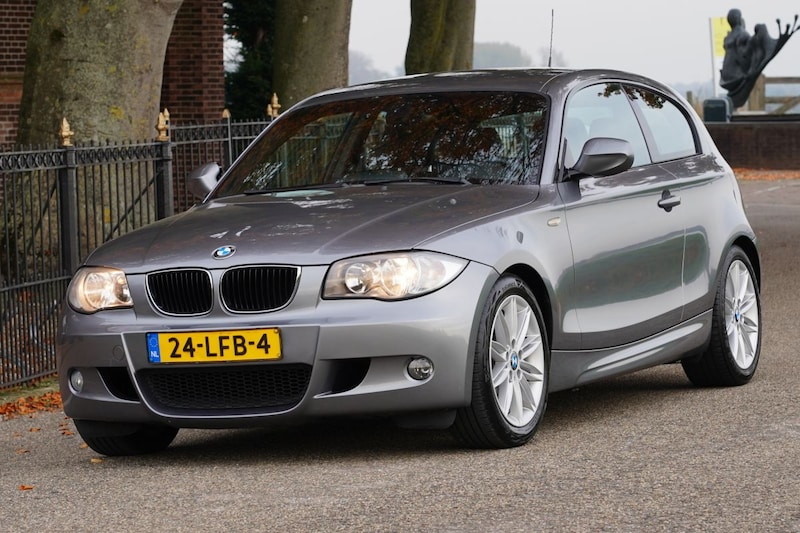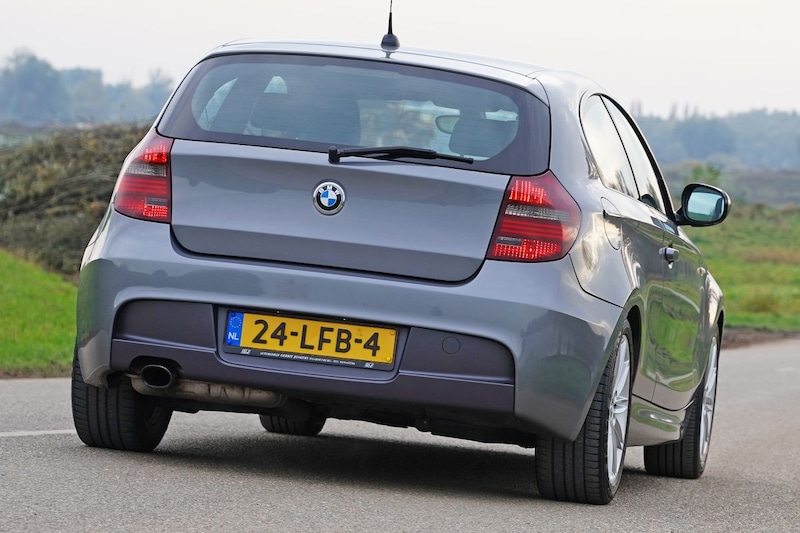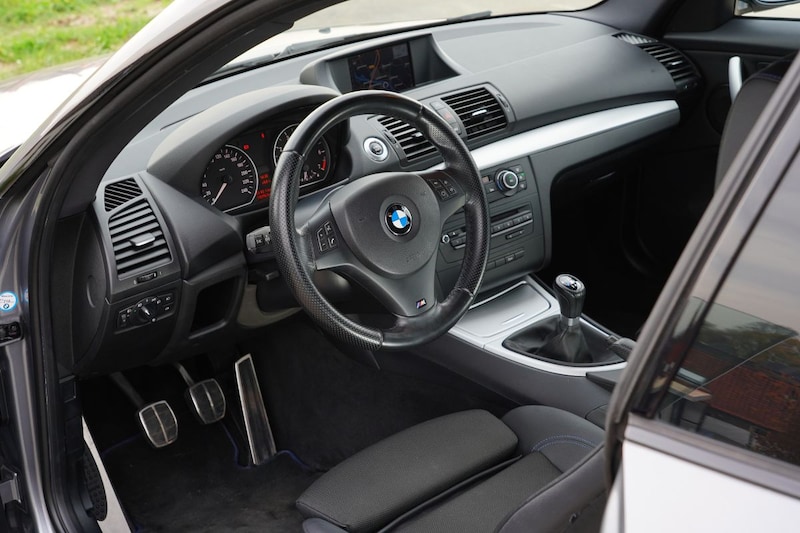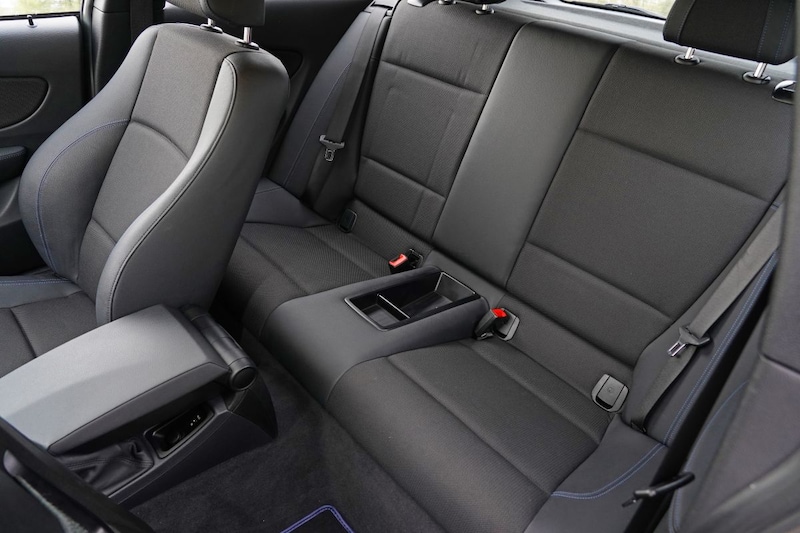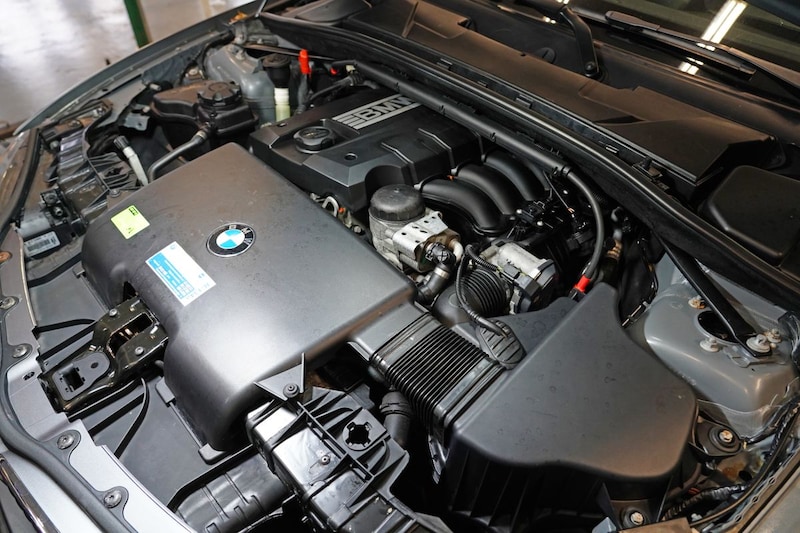With the 1-series, BMW became a serious player where the VW Golf and the Audi A3 were previously lord and master. The entry-level model now belongs to the establishment and since this year he can call himself a young timer. High time for a critical buying guide.
Rear-wheel drive and BMW are synonymous with ‘Freude am Fahren’. Fortunately for the purists, the first generation 1 series has that. This makes BMW unique in this segment. The first generation proves that a C-segment car from Munich does have a right to exist: 1.3 million units were built between 2004 and 2011. This is a car that hardly ages, a model in which young and old, male or female, binary or not, can show themselves. He looks eternally young, even though he has had the youngtimer status since last year. The most sold variant is the 118i and it is for sale all over the country. At Autobedrijf Gerrit Jonkers, a BMW specialist for thirty years, we put the relatively rare three-door version in Business Line M Sport trim from 2010 on the bridge.
A real BMW
The year 2000 is messy for BMW, so the brand gets rid of Rover for one German mark. A decision that has far-reaching consequences for project R30, a C-segment car with front-wheel drive that should have been for sale under the Rover brand from 2002 and of which BMW would release a variant under its own name. It was initially BMW’s plan to gain a place in this important segment with this car. Instead, head of R&D Burkhard Göschel gets the new ‘Lastenheft’ deposited on his desk: no successor for the 3-Compact because too much compromise and too little individual identity, but the 1-series as a new player in the C-segment. Equipped with all BMW DNA: rear-wheel drive, ‘cab rearward’, constructively suitable for an in-line six, engine as far back as possible for ideal weight distribution. Share technology as much as possible with the new 3-series E90. “A real BMW, that’s what we want,” said Gerd Schuster, project manager of the 1 Series. “More sporty and more compact than the 3 Series.”
The 1-series succeeds the 3-series Compact in 2004, which was sold 370,000 and 199,000 respectively as E36 and E46 Compact. That gives BMW confidence to introduce the rather controversial CS1 Concept at the 2002 Geneva Salon. This concept convertible houses the new design language that foreshadows the 1 series. Chris Bangle takes responsibility for this bold yet refreshing design by Christopher Chapman. When the car comes on the market as a five-door hatchback in 2004, the public will have become accustomed to the new design language. After all, the Z4 with the same folds and thick fender edges is already driving around. Yet the concave folds and surfaces continue to occupy the mind. The doors that bend downwards, which give the 1-series the unflattering nickname ‘pot-bellied pig’, are particularly popular with few. The short overhangs and the thick C-pillar including Hofmeister kink, on the other hand, are typical BMW. The view to the rear in particular is criticized by the thick rear pillar and the small glass area. Even more than the 3-series, the 1-series is a two-seater, or at most a 2+2. Rear-wheel drive is a must according to its creators, but takes up space behind the front seats.
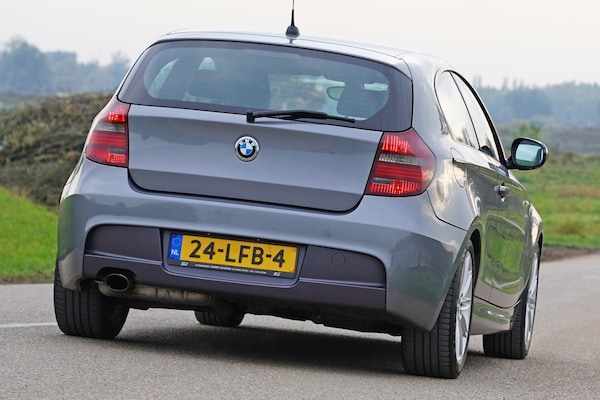
The first generation certainly does not excel in the quality of the finish. The plastics used for the sill guards and the cheap plastic for the door panels are substandard for a BMW that should cost at least €26,000. And now, after fifteen years, the softlack is peeling off on many parts, if it doesn’t feel sticky at all. The handle of the driver’s door in particular suffers from this. The manufacturer did not rectify this until 2007. At the same time, BMW is introducing the three-door variant, supplemented in 2009 with the convertible and the coupé. Then the chassis is also refined with slightly more comfortable tuning. There is rightly a lot of criticism about the too hard suspension and damping, something that many millennium cars suffer from. Many owners also immediately exchange the Run Flat tires for regular ones. Although friend and foe criticize the 1 series quite a bit – because it is not flawless – we do not see that reflected in the sales figures.
Even more successful is its tougher, also less controversial successor, the last 1 with rear-wheel drive. Generation ‘now’ now has front-wheel drive. Munich also systematically breaks down holy houses, the enthusiasts complain. However, the local community doesn’t even know, doesn’t notice, or doesn’t care.
Distribution
Gerrit Jonkers has various 1-series in stock. The 118i with M-Sport package in three-door form is from 2010 and has already 190,000 kilometers behind the wheels. It has a patent on it, but, founder Gerrit confides to us, everything necessary has been encrypted. It is now widely known that the N43 engine that replaced the N45/N46 from 2007 is not too good. The 118i in particular has that reputation. Apart from oil consumption, there are electronic issues such as broken ignition coils and a tired lambda sensor that cause erratic idle. Even with a cold start, the engine cannot run all the way ’round’. The VANOS system and the Valvetronic system also do not last forever.
What the prospective buyer should be sure of is that the timing chain, sprockets, guide and tensioners have been updated if he’s up for a used 116i or 118i with the necessary experience. They are vital parts in the engine and should normally be maintenance free and should last a lifetime. In this case it is different. If the car is maintained according to the book, the chain stretches after about 100,000 kilometers. In some AutoWeek reviews we also come across odometer readings of 180,000. Anyway, it’s a matter of ‘when’, not ‘if’ it happens.
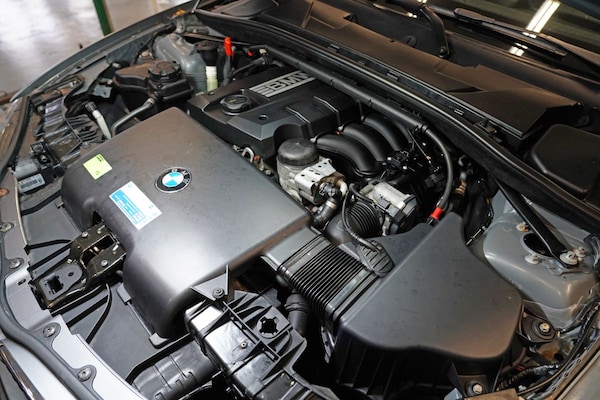
Nevertheless, there are several known cases of motorcycles that show the problem well below 100,000 kilometers. Usually pieces of the plastic chain guides break off and clog the oil supply. In this case you will not go bankrupt, because the distribution is at the front of the engine. However, sometimes an entire chain guide breaks causing the oil suction strainer to become clogged. The result is that the crankshaft bearings do not receive lubrication and the engine seizes. The six-cylinders are trouble-free in this area, but sometimes show an early worn water pump, leakage at valve cover gaskets and oil filter housing, in addition to DISA and VANOS problems. Later direct-injection engines suffer from stalling injectors and carbon pollution in the intake ducts. In addition, the high-pressure booster pump is reaching the end of its life. Carrec Technocenter, host of our Klokje Rond inspection, has experience with this and also reports that the expensive injectors wear out in droves and cannot be overhauled.
Distribution problems are also common with diesels. Pay attention to engine code N47: this variant is extra susceptible. Here the distribution is at the back, making repair a costly affair. After all, the engine has to come out. These problems are not known about the M47 engine (until 2007). Other typical diesel issues that can occur: injectors, turbo, glow plugs, dirty intake manifold, EGR valve, some sensors, the flywheel.
Transmission and suspension
Three gearboxes have been available: the standard five-speed gearbox (116i) or six-speed (from 118i), of which the first and second gears are sometimes difficult to engage, especially when the gearbox is cold. In addition, the blocking is sometimes not strong enough, so that it shoots out of its gear. ZF’s six-speed automatic transmission can last a long time if it is treated with fresh ATF oil every 80,000 kilometers during intensive use.
The two-column lift bridge lifts the 118i. The 1 Series, like any car, is not flawless, but a lot depends on the handling. Does the first owner drive it nicely warm, does he only load the mechanics when everything is up to temperature, does the car get its turns on time, does he have the car aligned every year?
These are all questions to which the answers are often elusive. Not even based on the service book. That is why it is important to check the chassis before you close the sale.
The coil springs don’t break very often, but when they do, it’s usually front right. More often, however, the lower saucer breaks, due to fatigue (plasticizer escaping) from the plastic, allowing the spring to relax itself. According to Jonkers, this is a result of driving over manhole covers too often. The latter also has an effect on steering and ball joints. While we’re at the front suspension, the front tires are known for uneven wear. This can be traced back to the camber positions, which are set a little too positively from home. This can be remedied by welding a pin together with the three nuts on top of the spring dome so that the entire damper leg can be set neutral or even slightly negative. Align afterwards of course. The tires at the prescribed pressure plus an extra tenth of a bar also help.
Corrosion
The front wheel suspension consists largely of aluminum, corrosion does not play a role here. But at the rear, the wishbones are hinged to a steel subframe. Our photo model shows beginning traces of rust, but there is little to worry about. Corrosion will become a thing in the coming years. It is important to keep an eye on that and to keep the aerosol with clear tectyl on hand. While we’re there: check the shock absorbers for leaks and operation and the brake lines on both sides for corrosion. They are both apk points. The differential also hangs in the subframe. This would like to give a ‘screeching’ sound. Not very bad, but disturbing. Another problem – often occurring – is the ABS rings on the CV joints. They like to rust, so they expand and hit the ABS/DTC sensor, resulting in messages on the display.
In the 17 years that the 1 Series has already been on the road, the bodywork has held up strong. Rust on doors and sills is foreign to him. The galvanized sheet parts are a blessing. The attachments can cause hassle. Door handles that stick, in particular, cause annoyance and costs. The door catches also wear out much faster than normal and necessary. This is especially inconvenient when the car is tilted and in tight parking bays. However, replacement is simple and not very expensive. It is also important to oil the hood lock frequently before it gets heavy so that the hood does not close. The Bowden cable tends to stick as the car ages. There is nothing you can do about it except to renew the entire cable.

Interior
For the facelift, different plastics look quite cheap for a premium brand, even if the 1-series is the entry-level model. The soft lacquer on various parts likes to let go. Many ‘1’ owners know a sticky door handle. But also the center console does not go unmentioned. Then there are the discolouring air vents that lose their ‘black’ under the influence of sunlight. The first generation i-Drive is slow by today’s standards and is not bulletproof, the screen is small and the graphics are outdated. After 2007 these shortcomings have been resolved. There are also ‘electrical annoyances’: the window controls like to refuse to work in frost. On the two-door, coupé and convertible, the side windows should drop slightly when the driver opens the door. And close again when he closes the door again. Check that carefully before purchasing. If there are complaints about this, this can often be traced back to the Footwell Module (FRM). Several functions are attached to this, including the brake light and the light switch, but also the ‘retraint systems’. For example, FRM ensures that the interior and emergency lighting are switched on in the event of a collision.
The main point of investigation concerns water leakage in the luggage compartment. Here, the rear wiper motor is usually the culprit. windshield washer fluid flows through the engine, but it doesn’t seal causing the engine to corrode and then water into the trunk. And that’s not all, because the breaking plastic housing in which the fuel filler pipe is brought together also allows rainwater to enter the trunk: so open the fuel valve. Finally, the steering lock can fail due to a failure of the SZL, the steering column module.
– Thanks for information from Autoweek.nl
